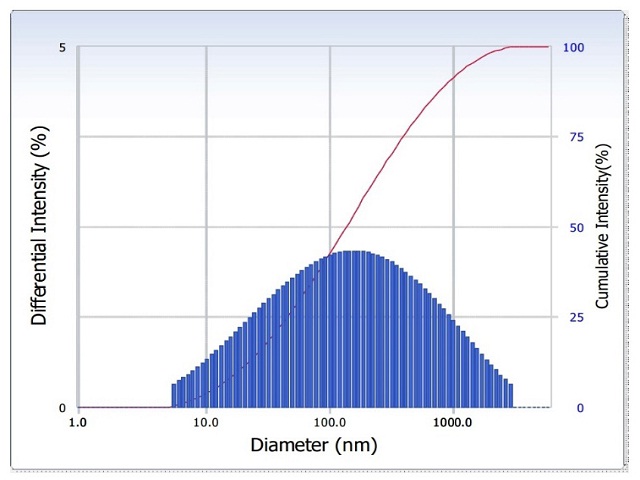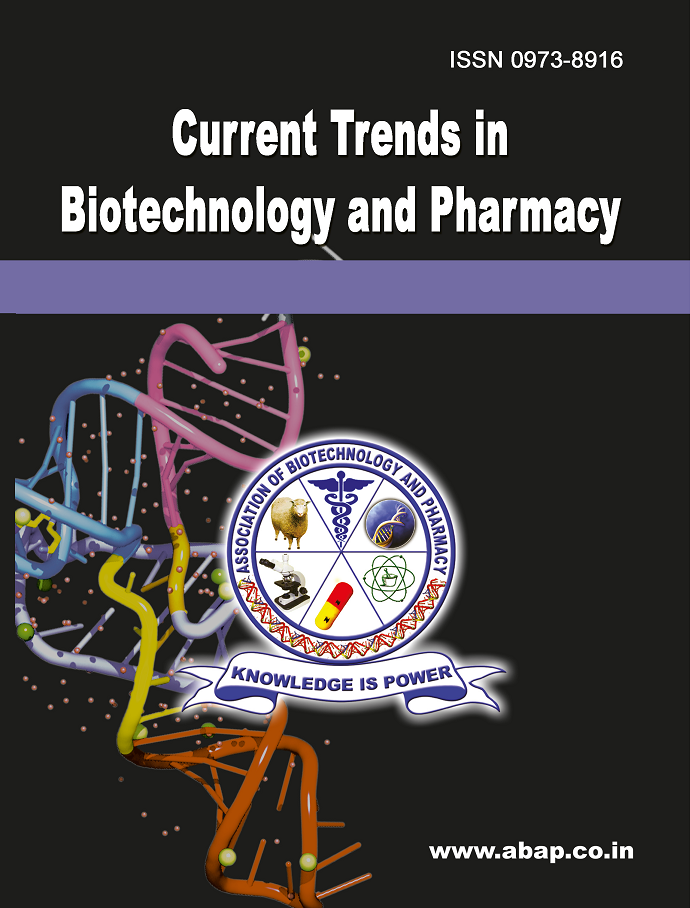Extracellular Synthesis of Silver Nanoparticles by Soil Isolate of Staphylococcus sp.
DOI:
https://doi.org/10.5530/ctbp.2021.3s.45Abstract
Nanoparticles are congregate of atoms ranging in size from 1-100nm. There exists three basic ways of nanoparticle synthesis- physical synthesis, chemical synthesis and green synthesis. The limitations for the first two methods led to the development of green synthesis which is economical and less harmful for the environment. Green synthesis uses living forms like bacteria, virus, fungi, algae as well as plant extracts. Nanoparticles produced from bacteria are based on the principle of microbial metal reduction. The synthesis process can either be extracellular or intracellular depending on the type of microorganisms used. The present study highlights the extracellular synthesis of silver nanoparticles (AgNPs) from soil isolates of Pseudomonas sp. and Staphylococcus sp. The bacterial cultures after isolation were acclimatized in increasing concentration of silver nitrate in growth media and subsequently used for synthesis process. The nanoparticles formed by both the organisms were characterized by UV-Visible Spectrophotometer, FTIR Analysis and Particle size analysis. The absorption maxima for Pseudomonas sp. and Staphylococcus sp. cell free extracts were obtained at 410 and 400nm which approximately corresponds to the size range of 20-40 nm and 10-20 nm, respectively. Though there are several reports related to Pseudomonas sp. being used for nanoparticle synthesis, there are very few reports related to the Staphylococcus sp. being used for the same. The study clearly indicates the capability of Staphylococcus sp. to form nanoparticles with physical properties comparable to the Pseudomonas sp.



